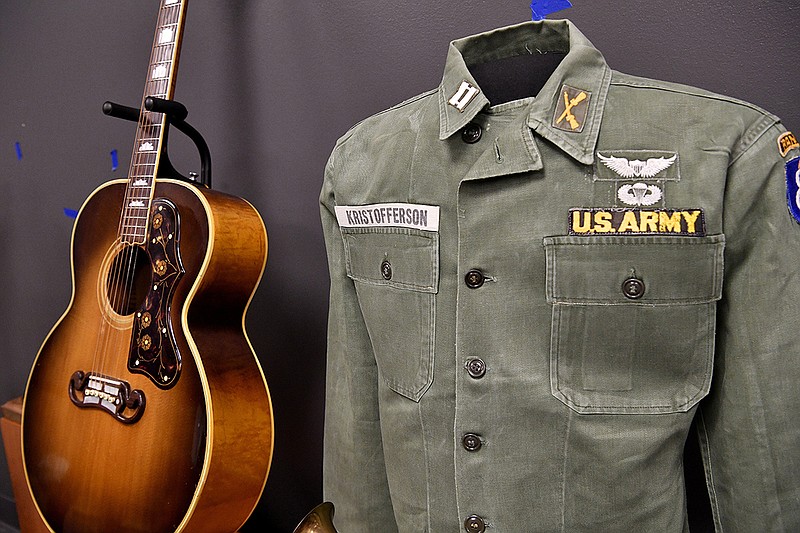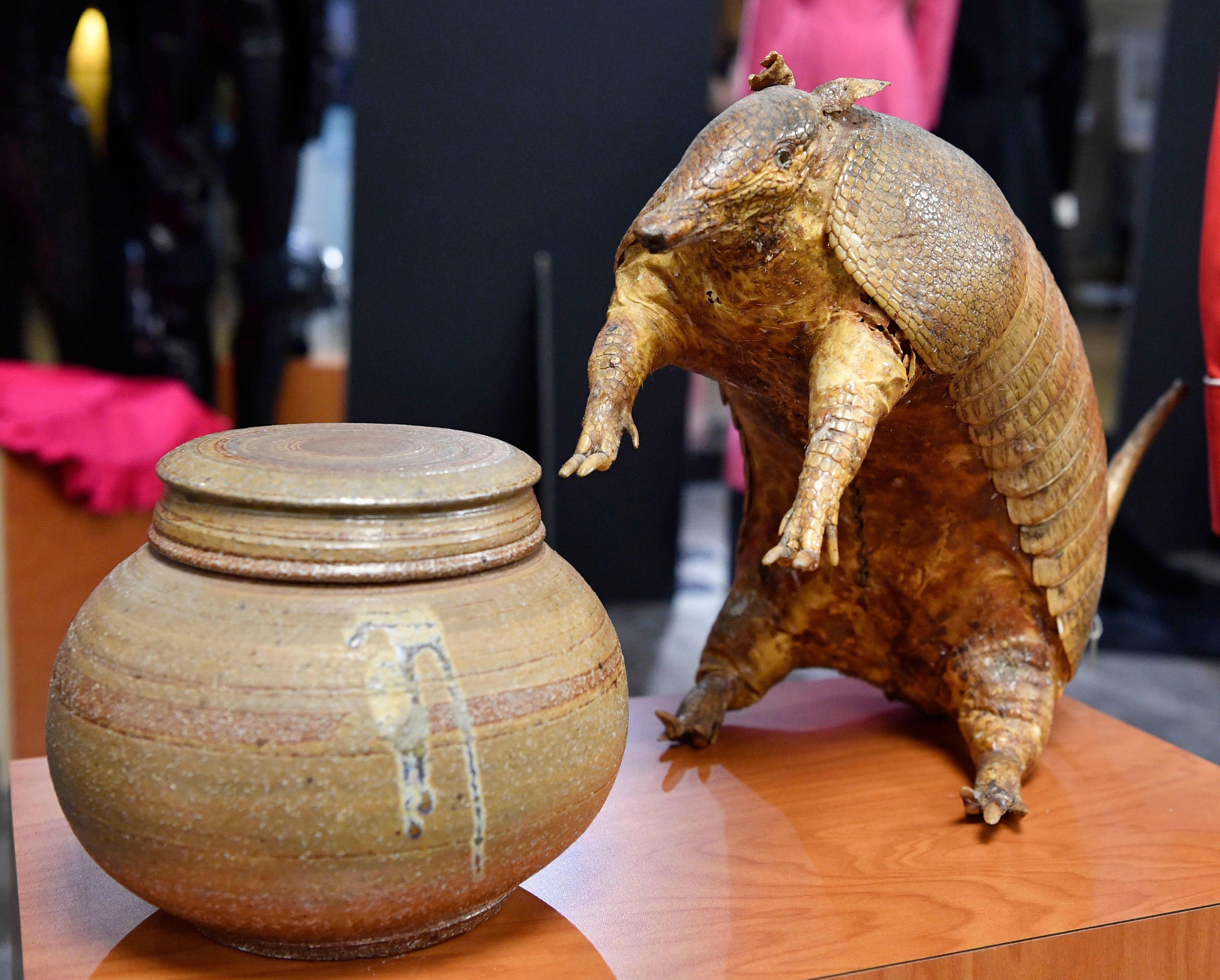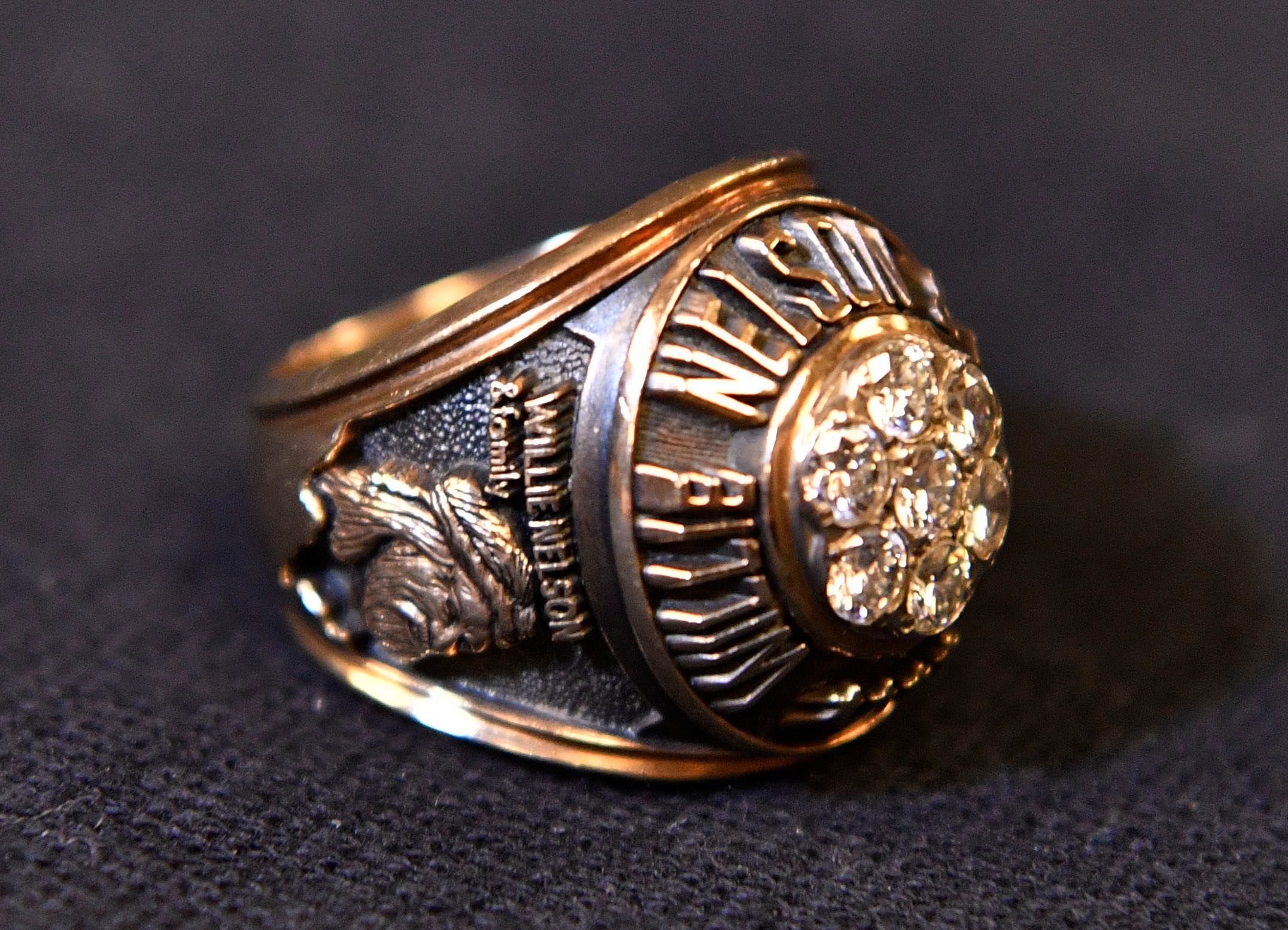If you go
› What: “Outlaws and Armadillos: Country’s Roaring ’70s” exhibit.› When: Through Feb. 14, 2021.› Where: Country Music Hall of Fame and Museum, 222 Fifth Ave. S, Nashville.› Admission: $25.95 adults, $23.95 seniors and students, $22.95 military personnel, $15.95 youths 6-12 years old, free for museum members and children 5 and younger.› Website: countrymusichalloffame.org.› Note: Check the website for upcoming exhibit-related programming, including instrument workshops, songwriter sessions and a film screening.
One of the most vibrant and creative eras in country music history began with a fire at a pig farm.
In December 1970, the 400-acre spread in Ridgetop, Tennessee, belonged to Willie Nelson, a singer and songwriter who had found more success as the latter than the former during the years he spent rattling around Nashville. After the blaze destroyed his house, Nelson returned to his native Texas.
The fire and Nelson's relocation serve as the beginning of the story told in the Country Music Hall of Fame and Museum's new exhibit, "Outlaws and Armadillos: Country's Roaring '70s," which opens today and is scheduled to run until February 2021. The exhibit focuses on "Nashville and Austin, the blossoming of those music scenes, what was happening in each city and the interaction between them," says exhibit co-curator Michael Gray.
Read more at our news partner's website, tennessean.com.
Highlights from ‘Outlaws and Armadillos’
While collecting artifacts from Texas and Tennessee for “Outlaws and Armadillos,” museum curators found dozens of pieces of country music history. Here are some of the standouts.The Randall Knife: The Randall Model 1 all-purpose fighting knife was given by Guy Clark’s mother to his father when he served during World War II. It’s immortalized in Clark’s masterpiece “The Randall Knife,” in which he sings, “If a better blade was ever made, it was probably forged in hell.”Taxidermy: One display case includes a stuffed armadillo, named Arturo, that belongs to Mike Tolleson, an entertainment lawyer and co-founder of Armadillo World Headquarters, a venue where hippies and cowboys came together to listen to progressive-country acts like Commander Cody and His Lost Planet Airmen and Willie Nelson. A terra cotta urn full of ticket stubs from the ‘Dillo’s final concert on Dec. 31, 1980, is also featured in the exhibit.Doug Sahm’s stage outfit: Before the Sir Douglas Quintet or the Texas Tornados, Doug Sahm was a musical child prodigy known as “Little Doug.” The triple-neck steel guitar he played and a Western outfit made for him by his mother are both on display in “Outlaws and Armadillos.”Sue Brewer’s guitar: Brewer was the patron saint of songwriters, who often congregated at her home, which was known as “The Boar’s Nest.” Says exhibit co-curator Peter Cooper, “Kristofferson, Waylon Jennings, Johnny Cash, Chris Gantry, Vince Matthews — so many people who are now regarded as classic writers — would just hang out there. There was no audience except for their peers. It was a place where music ruled and chaos was OK.” Matthews and Shel Silverstein paid tribute to Brewer with the song “On Susan’s Floor,” which has been recorded by Gordon Lightfoot and Hank Williams Jr., among others: “Like crippled ships that made it through a storm and finally reached a quiet shore, the homeless found a home on Susan’s floor.”Joe Ely’s circus uniform: “The Flatlanders formed in the early ‘70s, recorded in ’72, and when things didn’t break for them, Ely resorted to joining the circus,” says exhibit co-curator Michael Gray. The Ringling Bros. coveralls Ely wore as he wrangled llamas and cleaned up after elephants are on display, as are two items from his return to the music business: a leather jacket and a guitar he acquired from a street musician and posed with on the cover of his 1978 record “Honky Tonk Masquerade.”


